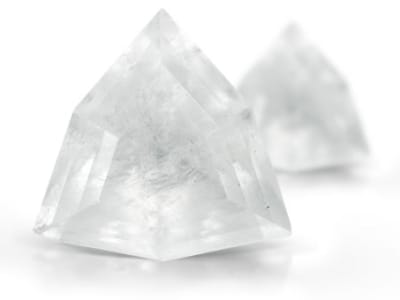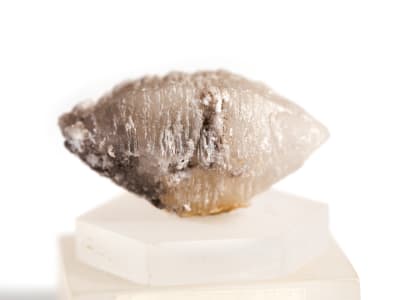This gem was named in 1790 for William Withering, the English physician and naturalist that first described the mineral. This mineral is rarely faceted due to the scarcity of gem-quality rough and also because witherite dust (a primary component of rat poison) is toxic if inhaled. Cut gems are very small and are typically white or colorless.
General Information
Common Name
Witherite
Species
Witherite
Transparency
Transparent - Opaque
Dispersion
Strength: Weak Fire
Refractive Index
1.529-1.677
Birefringence
0.148
Optic Character
Biaxial
Optic Sign
Negative
Polariscope Reaction
Aggregate (AGG), Doubly Refractive (DR)
Fluorescence
SWUV: Moderate bluish white or violet
LWUV: Strong bluish white
LWUV: Strong bluish white
Pleochroism
Unobservable
Hardness
3-3.5
Streak
White
Specific Gravity
4.270-4.790
Toughness
Poor
Inclusions
Witherite has a sleepy appearance.
Luster
Vitreous, Resinous, Waxy
Stability
Poor
Fracture
Uneven
Cleavage
Good, in one direction, Poor, in two directions
Chemical Name
barium carbonate
Chemical Formula
BaCO3
Crystal System
Orthorhombic
Chemistry Classification
Carbonate
Witherite Colors
-
 Brown
Brown -
 Colorless
Colorless -
 Gray
Gray -
 Green
Green -
 White
White -
 Yellow
Yellow
Countries of Origin
Unknown; United States of America
Care
Very soft and may be attacked by acids. Not suitable for jewelry.

